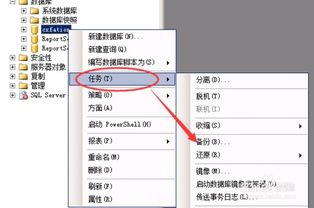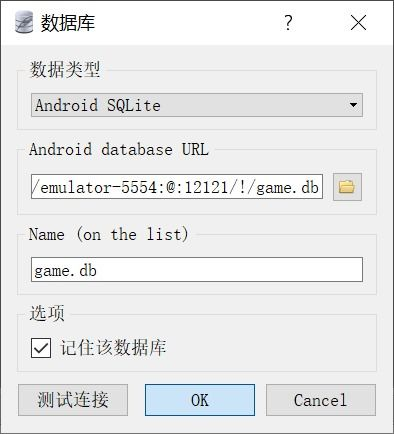MySQL Command Line Database Import, How to Effectively Utilize Command Line for Database Management
Understanding MySQL Import Command
To import a database in MySQL using the command line, it is essential to understand the command you will be using. The primary command for importing data from a file is the mysql command followed by options that specify the details of the import. The typical syntax is as follows:
mysql -u username -p database_name < file.sql
In this command:
-
-u username: This specifies the MySQL username that has permissions to the database. -
-p: This prompts you to enter the password for the specified MySQL user. -
database_name: This is the name of the database into which you are importing data. -
< file.sql: This indicates the SQL file containing the database dump you wish to import.
Preparing for Database Import
Before executing the import command, ensure that you have a functional SQL file. This can be achieved by using the mysqldump command to create a backup of an existing database. For example:
mysqldump -u username -p database_name > file.sql
Another key preparation step is to ensure that the database you are importing into already exists. If it doesn't, create it using:
CREATE DATABASE database_name;
This command should be executed in the MySQL command line interface (CLI) before running the import command.
Troubleshooting Common Import Issues
When importing databases, users may encounter several errors. Common issues include:
- Error: Unknown database - Ensure that the database name is correct and that the database has been created beforehand.
- SQLError: Syntax error - Check the SQL file for any syntax errors that could prevent the import from executing properly.
- Connection errors - Verify your connection settings, user privileges, and whether the MySQL server is running.
Properly addressing these common issues can significantly ease the database import process and enhance your experience with MySQL command line operations.
In summary, importing a database using the MySQL command line involves understanding the syntax of the import command, preparing adequately by creating a backup usingmysqldump, and troubleshooting any issues that may arise during the process. By following these practices, you can streamline your database management tasks effectively. 





